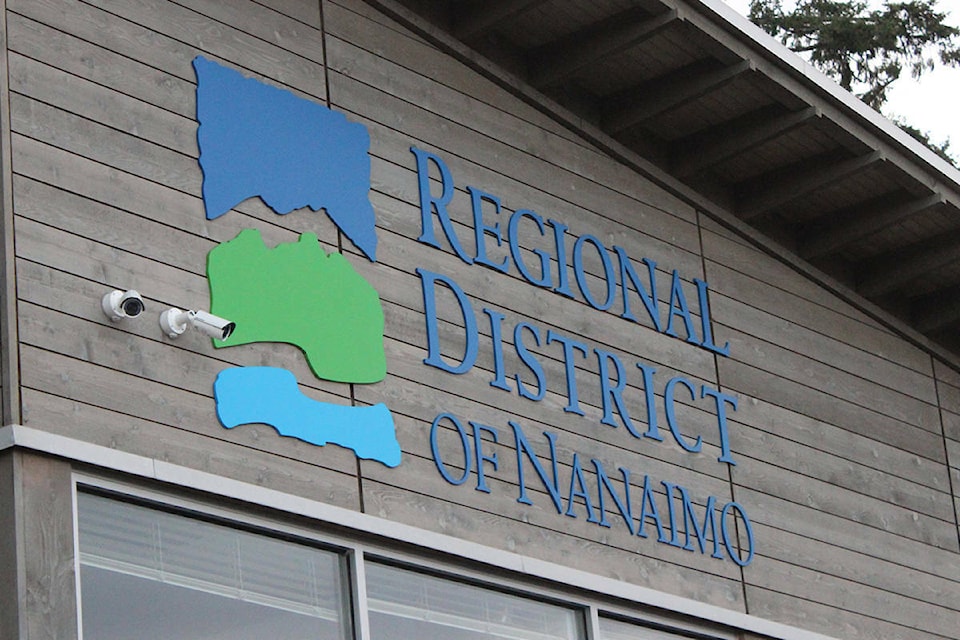The Regional District of Nanaimo is directing staff to do a deep dive into the non-profit housing model of its counterpart to the south.
At the RDN’s board meeting Tuesday, Jan. 24, directors requested a report on the Capital Regional Housing Corporation’s background, funding structure and programs. The corporation of the Capital Regional District has a directive to manage and develop affordable housing and offer services to residents residing in complexes in seven municipalities in Greater Victoria.
Tyler Brown, RDN vice-chairperson, who introduced the motion, said the corporation is seeing an investment of $120 million for 2,000 affordable housing units and 400 assisted-rate units, translating to rent of $350 a month.
In eight years’ time, the corporation has grown from zero units to being one of the largest housing providers in the capital region, he said, with a majority of funding coming from the federal and provincial governments.
“This is not to say I think we should establish a housing corporation, but when you have a community that’s in genuine need of housing and there’s higher forms of government significantly funding housing to degrees they haven’t done in 40-50 years … we should at least get information from our staff about that program and any gaps that may exist in that program,” Brown said. “Has it been successful?”
Lantzville Mayor Mark Swain voted against the motion, stating the corporation already has a “plethora of information” on its website.
“The resourcing part is going to be immense and we’re not in a good position to take on the capacity of it,” he said. “I don’t know what the report’s going to inform me about … maybe it’s just going to be misdirected resources at the RDN level and staff is just going to bring back something we can all just get off of the internet.”
A report on potential establishment of a social planning service was also requested. It would be based on a 2021 RDN social needs assessment strategy report, broaching topics such as food security, health and housing, transportation and their importance to the needs of the community. The RDN has a role in some of those functions, Brown said, others are shared with senior levels of government and others are “outside the traditional wheelhouse of local government.”
“I don’t think all those items fall to local government to solve, it’s just something that we’re not resourced for, but I do think there’s an opportunity that presents itself, to at least explore the idea of,” he said. “Is there a way that we as a local government can have a value add to some of those conversations and help facilitate better social well-being for a lot of the problems our communities are facing?”
Ian Thorpe, Nanaimo director, said he was conflicted, but voted against the motion.
“Our most recent meetings involved budget discussions around an 11-per cent tax increase … I’m not comfortable with [that], let alone possibly adding a new service area,” he said. “Those are my hesitations. Again I recognize it’s just a report, but one thing tends to lead to another.”
karl.yu@nanaimobulletin.com
Like us on Facebook and follow Karl on Twitter and Instagram
